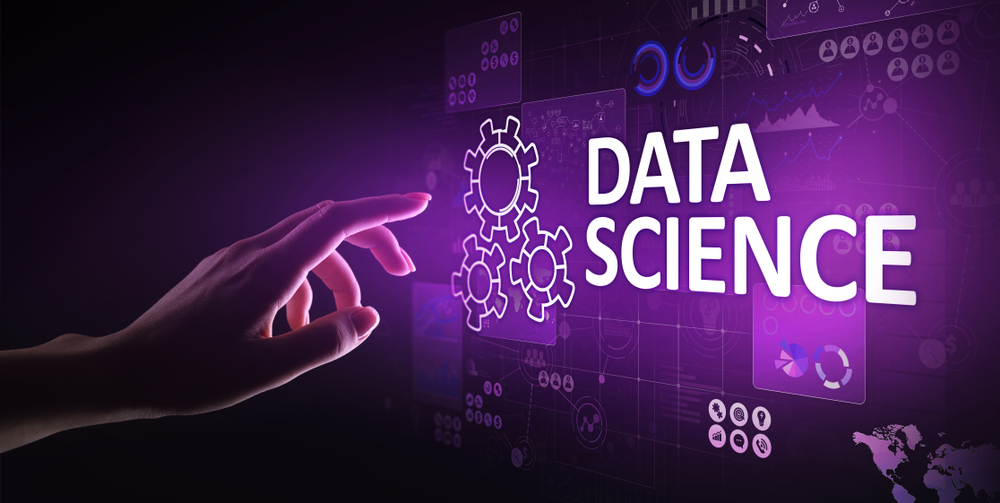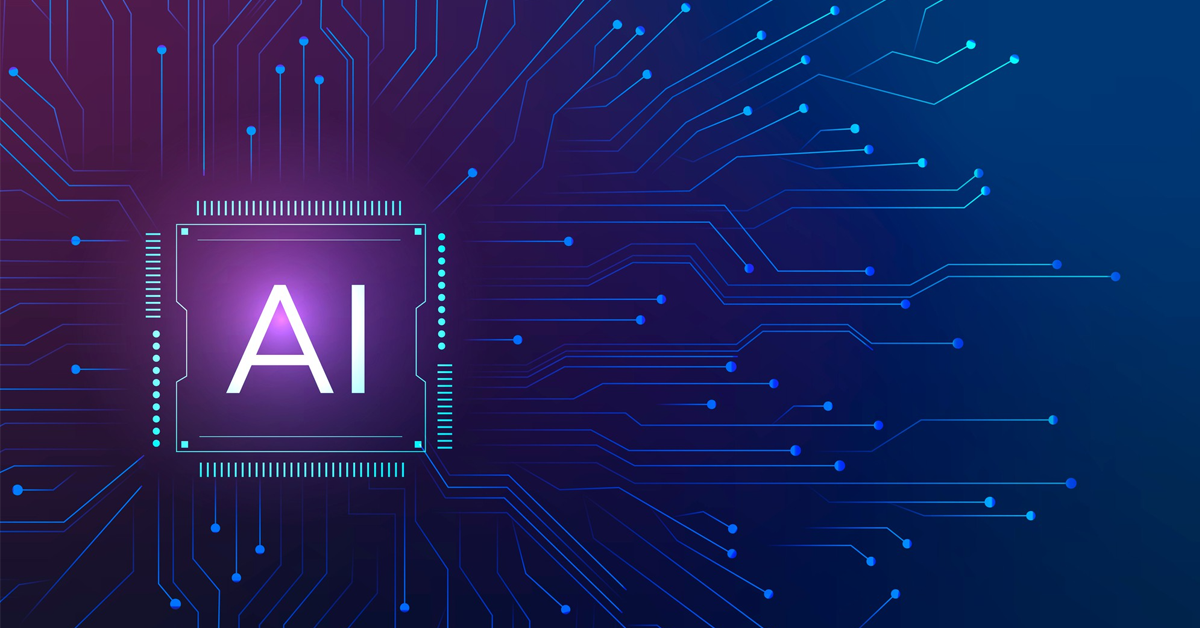ARTIFICIAL INTELLIGENCE INTERVIEW QUESTIONS AND ANSWERS
ARTIFICIAL INTELLIGENCE INTERVIEW QUESTIONS AND ANSWERS Here is the list of frequently asked questions about Artificial Intelligence. We hope these questions and answers are useful for those who are preparing to have a job in this field. These questions are prepared by the experienced trainers of our institution and they will be surely helpful for freshers intermediates, and professionals alike.
Here are the top interview questions and the tips for facing the interview.
1. What is the system bit that is required to install TensorFlow on Windows and why?
64-bit is the minimum requirement of system bit requirement for installing TensorFlow because they are not available for the other types of system bit in Windows.
2 Why is the convolutional neural network prescribed for image processing rather than other types of neural networks?
It is because of the capability to enhance the multi-layered perceptron by inserting the convolutional layers.
It is because of the capability to enhance the multi-layered perceptron by inserting the convolutional layers.
3. What are the two different categories of Deep Learning AMI?
Conda AMI and Base AMI.
4. What happens when we terminate an instance in the AWS account?
It will no longer be able to use a particular instance. We have to create a new instance for performing any operation.
5. What are the libraries that are already available in Deep Learning AMI?
Coffee, TensorFlow, MxNet, CNTK, PyTorch, Theano, CUDA, NVidia.
6. What is the use of MxNet?
It is used for easy programming flexibility, portability, and scalability. It supports multiple languages like C++, Julia, Pearl, etc. Thus, there is no need to learn new languages. It also supports training capabilities.
7. What is Classical AI and Weak AI?
Classical AI is more concerned with deductive thought as provided with a set of constraints and deducing a conclusion. Weak AI predicts that some features are resembling human-machine Intelligence that can be incorporated with computers to make more useful tools.
8. What is the Production rule?
It is a rule that comprises a set of rules and a sequence of steps in it.
9. Which search method consumes less memory?
Depth-first search method.
10. What is a Heuristic Function?
It is an alternative function for ranks in search algorithms and at each branching step based on the available information to decide which branch that needs to be followed.
11. How does a neural network work in AI?
It's an emulation of a biological neural system. It receives the data, processes the data, and gives output based on an algorithm and empirical data.
12. How does the strong AI work?
The computer can be made to think equally as humans.
13. How does statistical AI work?
It is more concerned with inductive thought as provided with a set of patterns, induced with the trend.
14. What is the Natural key?
It is one of the data elements that is stored within a construct. It is optimized as the primary key.
15. What is the Compound key?
Suppose there is no single data element that uniquely defines the occurrences within a construct, then integrating multiple elements creates a unique identifier for the construct. It is called the Compound key.
16. What is an artificial key?
If there is no obvious key either stand-alone or compound is available, then the last report is to simply create a key by assigning a number to each record or occurrence. And it is called an artificial key.
17. What is the Hidden Markov model?
Hidden Markov Model or HMM is a ubiquitous tool for modeling time series data or to model the sequence behavior of the system. It can be used in almost all the current speech-based systems.
18. What is the signal flow used in speech recognition?
Acoustic signal flow is the one that is used in the speech to identify the sequence of words.
19. What are the possible reasons for the slow learning rate in Neural Networks?
Low learning rate, high regularization, and stuck at local minima.
20. What are the different NLP tasks in which Deep learning can be applied?
Machine Translation, Sentiment Analysis, Question, and answer system.
21. How dropout is related to regularization?
Regularization will be very low when the dropout rate is very high. To avoid overfitting, it constrains the adapting network to the data.
22. What is the way of dealing with the problem of exploding gradient in RNNs?
Gradient clipping. It will chop the gradients or restrict them to a threshold value to prevent the gradient value from becoming too large.
23. What are the techniques used for keyword normalization?
Stemming and Lemmatization.
24. What is Stemming?
It is the process that cuts off the ends of words in the hope of deriving the root word. In other words, we can say that the stemming removes the affixes.
25. What is Lemmatization?
It uses vocabulary and morphological analysis of words and connects them to root words. The root words are called a lemma.
26. What are the features used for accuracy improvement in the NLP classification model?
Frequency counts, Vector notation, POS, Dependency Grammar.
27. What is the main focus area of artificial intelligence?
To explain various sorts of Intelligence.
28. Where natural language understanding applications can be seen?
Natural language interfaces, Natural language front ends, text understanding systems, etc.
29. Which algorithm is similar to the backward chaining algorithm to some extent?
Depth-first search algorithm.
30. For building a Bayes model, how many terms are required?
The three required terms are one conditional probability and two unconditional probability.
31. List the branches located in AI.
Data mining, genetic algorithms, Neural Networks, Swarm Intelligence, Statistical AI, Fuzzy logic, Pattern recognition, and Expert systems.
32. Describe game theory in terms of AI.
The AI system will use the game theory for the requirement that enhances more than a participant. So the relation between the game theory has two parts: Participant design and Mechanism design.
33. How is Relational knowledge used in AI?
Relational knowledge is a knowledge representation scheme in which facts are represented as a set of relations.
34. What is Inheritable Knowledge in AI?
It is a knowledge representation scheme that can be represented in the form of objects, their attributes, and the corresponding values to the attributes.
35. What is supervised learning?
It is one of the machine learning processes. It processes against the output that is fed back from the computer for the software to learn from for more accurate results the next time.
36. What is unsupervised learning?
It is a different methodology of machine learning. It means a computer will learn without training to base its learning on.
37. How is the semantic analysis used in AI?
It helps to extract the meaning from the group of sentences. So that the semantics will be helpful in AI.
38. What is Perceptron?
It is a single-layer feed-forward neural network.
39. State true or false.
A multi-layer neural network can address the XOR problem. True
40. Name any problem of Neural Networks with more layers.
Overfitting is a problem in Neural Networks.
41. What is a dead unit in a Neural Network?
A unit that doesn’t update during training by any of its neighbors.
42. Why is batch normalization helpful?
Batch normalization is helpful because it changes or normalizes all the input before sending it to another layer.
43. Are the t-distributions skewed or symmetrical?
Symmetrical
44. A Higher Standard deviation means higher consistency. Is the statement true or false?
False
45. What is the use of the Q-Q plot?
It is used to check the normality of the errors.
46. The presence of the outlier has more impact on the median than the mean. Is this statement true or false?
False
47. T-distribution has a variance. Can it be less than or greater than one or always greater than one?
It is always greater than one.
48. Statistical power is the probability of rejecting the null when it is false. Is the statement true or false?
True
49. A type 2 error occurs when we reject a false null hypothesis incorrectly. Is this statement true or false?
True
50. A type 1 error occurs when we incorrectly reject a true null hypothesis. Is this statement true or false?
True
Most Popular Courses
Artificial Intelligence || Python Programming || Data Science






.webp)
